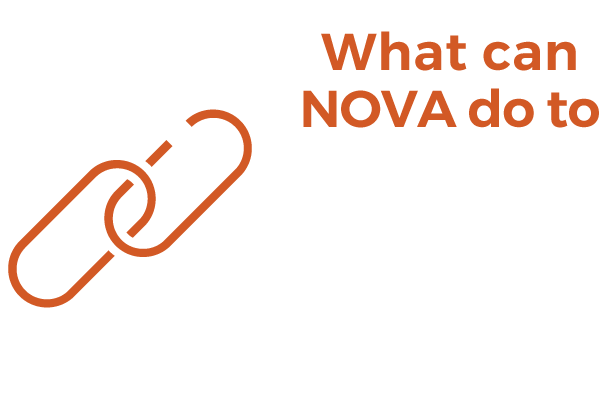Inequality
Islands of DisadvantageOPPORTUNITY IN OUR REGION
MOBILITY THROUGH EDUCATION
Northern Virginia is one of the most affluent regions in the commonwealth. However, interspersed among the affluent neighborhoods are fifteen “Islands of Disadvantage”—or, communities that experience disproportionate levels of economic challenge. Residents in these areas have lower incomes and lack consistent access to affordable housing, education, health care, and transportation. This negatively impacts health and well-being, leading to more injuries, illnesses, and lower life expectancies. These conditions present barriers to social and economic mobility, creating a cycle of poverty for many individuals and their families.
To help residents of Islands of Disadvantage (IODs) break the cycle of poverty, it will require collaboration from local and state governments, businesses, and schools, including NOVA. Since all fifteen IODs are within NOVA’s service area, many residents from these areas will enroll at NOVA at some point during their lives. Understanding the characteristics and experiences of individuals from these communities will be critical to NOVA’s ability to deliver targeted interventions and support services. The ultimate goal is for NOVA to contribute to the social and economic mobility of students from these areas and, over time, help Islands of Disadvantage to prosper as communities.
NORTHERN VIRGINIA NUMBERS

520,000
people across Northern Virginia live in one of 15 Islands of Disadvantage.1

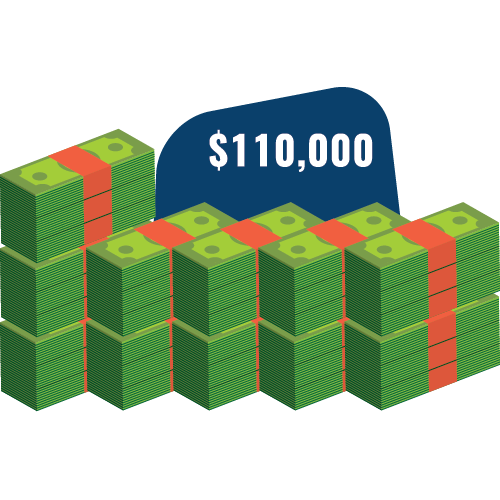
Median househould income in Northern Virginia.2
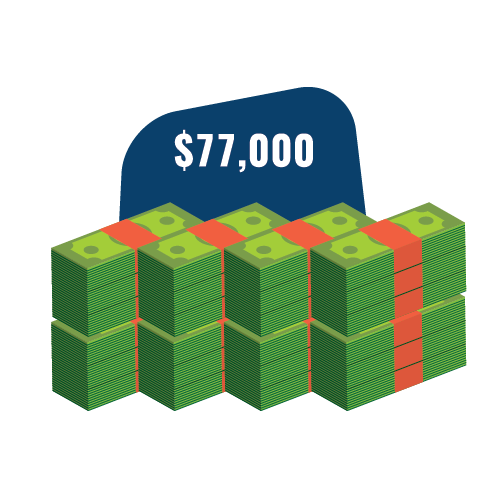
Median household income in Islands of Disadvantage.2
21%
of adults in Northern Virginia did not go to college.3
37%
of adults in Islands of Disadvantage did not go to college.3
Northern Virginia NUMBERS

520,000
people across Northern Virginia live in one of 15 Islands of Disadvantage.1

21%
of adults in Northern Virginia did not go to college.3
37%
of adults in Islands of Disadvantage did not go to college.3
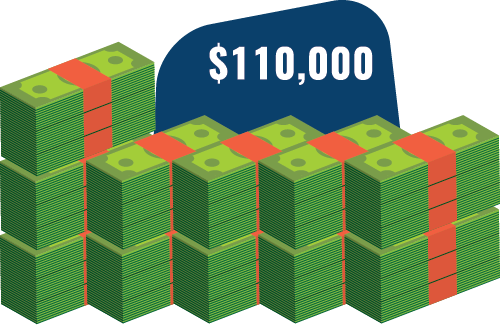
Median househould income in Northern Virginia.2
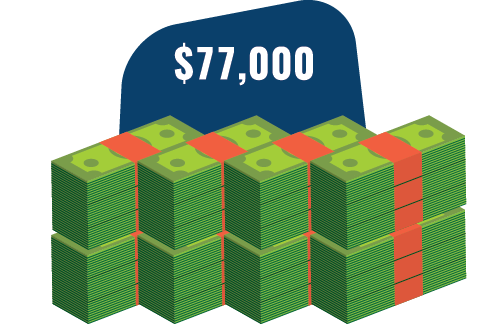
Median household income in Islands of Disadvantage.2
NEIGHBORING DIFFERENCES



NEIGHBORING DIFFERENCES



Island of Disadvantage

Bordering neighborhood

DISADVANTAGE IN NOVA’S SERVICE AREA


Campus


Island of Disadvantage
NOVA
Campus
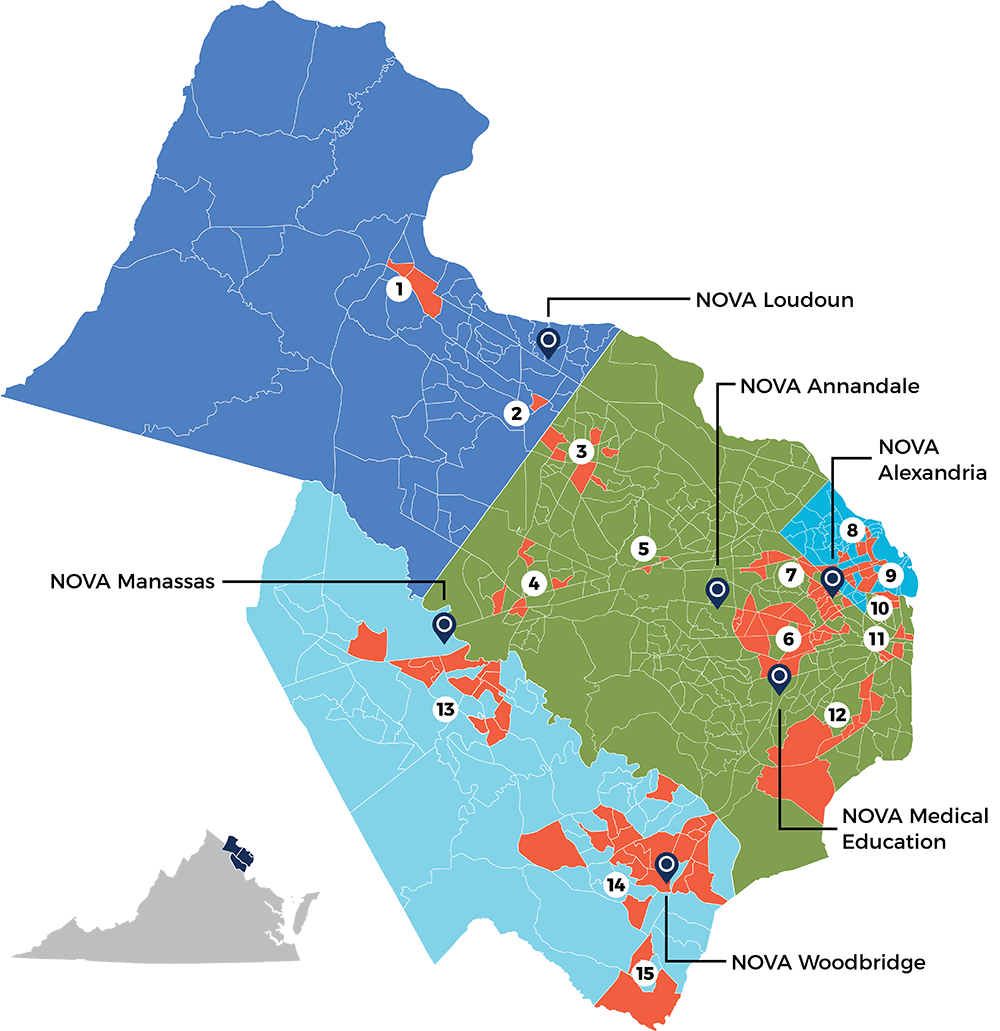
DISADVANTAGE IN NOVA’S SERVICE AREA
NOVA’s proximity to these neighborhoods positions the College to help residents break out of the cycle of poverty. By providing an affordable and accessible path to a two- or four-year degree, NOVA can help individuals find more stable employment and earn higher wages. Further, earning a degree and securing better employment can lead to the social and economic mobility of students from these communities.

Island of Disadvantage

NOVA Campus
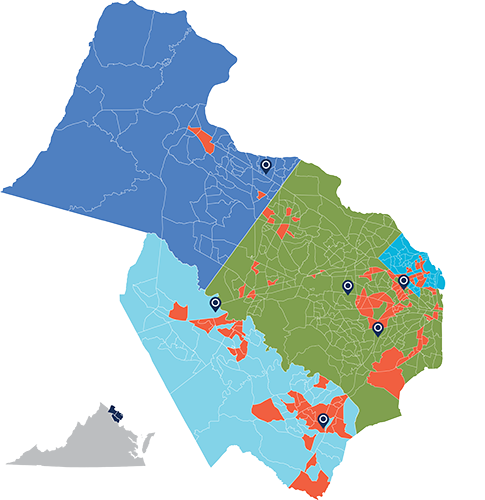
Northern Virginia Area
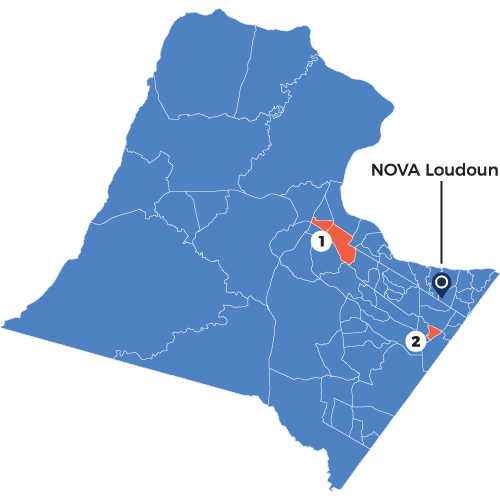
Loudoun County
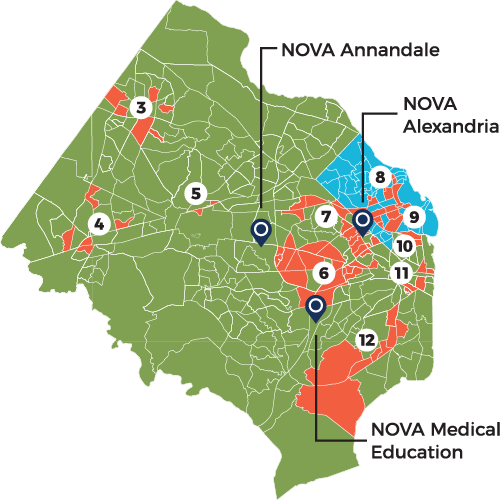
Fairfax County, Fairfax City, Alexandria City, and Arlington County
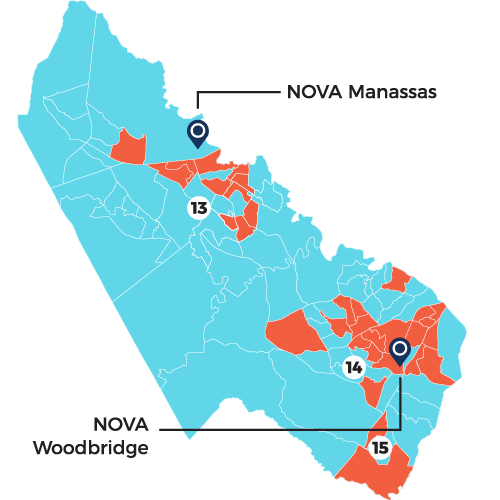
Prince William County
EDUCATION OUTLOOK
Economically Disadvantaged
English Learners
Economically Disadvantaged
English Learners





High schools located in IODs

High schools not located in IODs
Learn More
Resources for Students, Faculty, and Staff
Improving the well-being and social and economic mobility of residents of Islands of Disadvantage will require local and state governments, businesses, employers, community organizations, and schools to work together. A collaboration across these groups can lead to healthier, more vibrant communities and a stronger, more educated workforce.
NOVA can help residents of these neighborhoods to break the cycle of poverty by providing education and job training. The Financial Stability Program and other offices at NOVA provide support services for students facing financial hardships.
TRANSPORTATION ASSISTANCE
See shuttle routes and learn more about transportation options at: https://www.nvcc.edu/shuttle/index.html
EMERGENCY SUPPORT
Find the application and more information about eligibility at: https://blogs.nvcc.edu/wssn/student-emergency-grant
FINANCIAL AID
Learn more about financial aid and how to apply at: http://www.nvcc.edu/financialaid/index.html
FOOD PANTRIES
Learn more about food pantries and find locations at: https://blogs.nvcc.edu/wssn/food-pantries
Citations
- Woolf, Steven, Chapman, Derek, Hill, Latoya, Snellings, Lauren. (2017). Getting Ahead: The Uneven Opportunity Landscape in Northern Virginia. Northern Virginia Health Foundation.
- “S1101: Households and Families” and “B19013: Median Household Income in the Past 12 Months (In 2016 Inflation-Adjusted Dollars).” 2012–2016 American Community Survey 5-Year Estimates. U.S. Census Bureau.
- “S2301: Employment Status.” 2012–2016 American Community Survey 5-Year Estimates. U.S. Census Bureau.
- (2016–2017). Virginia Department of Education School Quality Profiles.
- Woolf, Steven, Chapman, Derek, Hill, Latoya, Snellings, Lauren. (2017). Getting Ahead: The Uneven Opportunity Landscape in Northern Virginia. Northern Virginia Health Foundation.
- “S1101: Households and Families” and “B19013: Median Household Income in the Past 12 Months (In 2016 Inflation-Adjusted Dollars).” 2012–2016 American Community Survey 5-Year Estimates. U.S. Census Bureau.
- “S2301: Employment Status.” 2012–2016 American Community Survey 5-Year Estimates. U.S. Census Bureau.
- (2016–2017). Virginia Department of Education School Quality Profiles.
Learn More
Resources for Students, Faculty, and Staff
Improving the well-being and social and economic mobility of residents of Islands of Disadvantage will require local and state governments, businesses, employers, community organizations, and schools to work together. A collaboration across these groups can lead to healthier, more vibrant communities and a stronger, more educated workforce.
NOVA can help residents of these neighborhoods to break the cycle of poverty by providing education and job training. The Financial Stability Program and other offices at NOVA provide support services for students facing financial hardships.
TRANSPORTATION ASSISTANCE
See shuttle routes and learn more about transportation options at: https://www.nvcc.edu/shuttle/index.html
EMERGENCY SUPPORT
Find the application and more information about eligibility at: https://blogs.nvcc.edu/wssn/student-emergency-grant
FINANCIAL AID
Learn more about financial aid and how to apply at: http://www.nvcc.edu/financialaid/index.html
FOOD PANTRIES
Learn more about food pantries and find locations at: https://blogs.nvcc.edu/wssn/food-pantries
Citations
- Woolf, Steven, Chapman, Derek, Hill, Latoya, Snellings, Lauren. (2017). Getting Ahead: The Uneven Opportunity Landscape in Northern Virginia. Northern Virginia Health Foundation.
- “S1101: Households and Families” and “B19013: Median Household Income in the Past 12 Months (In 2016 Inflation-Adjusted Dollars).” 2012–2016 American Community Survey 5-Year Estimates. U.S. Census Bureau.
- “S2301: Employment Status.” 2012–2016 American Community Survey 5-Year Estimates. U.S. Census Bureau.
- (2016–2017). Virginia Department of Education School Quality Profiles.



